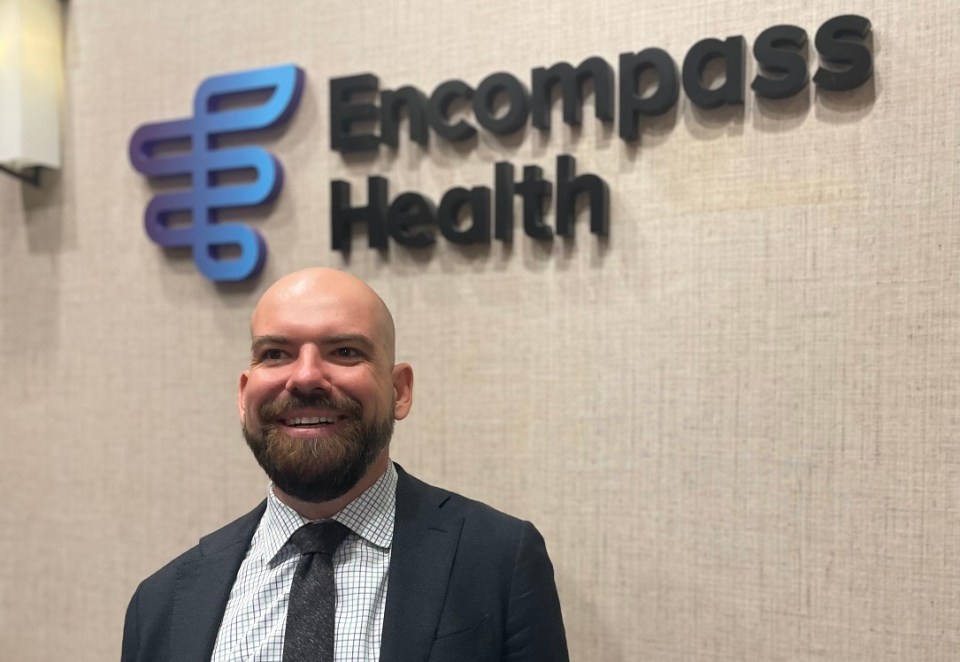As COVID-19 cases continue to spike in some parts of the country, it’s clear we are not out of this pandemic just yet.
Because of the existing public health emergency, many regulatory changes in healthcare may remain for some time, including the emergency waivers put in place by the Center for Medicare & Medicaid Services in March, as well as those Congress enacted.
The government designed many of these waivers to give healthcare providers more flexibility in the patient discharge, care transition and post-acute care admission processes. These flexibilities allow post-acute care providers to help acute care hospitals. Post-acute providers can help acute hospitals maintain their bed capacity and enable them to focus more on the sickest patients.
So, what do you need to know when transitioning your patient to the next setting of care at this time? We’ve composed this quick rundown on the waivers and post-acute settings of care.
COVID-19 post-acute care admissions waivers
Get a cheat sheet for a quick reference to the waivers impacting the different post-acute care settings
Inpatient Rehabilitation Facilities (IRF)
Under the “Three-Hour Rule” waiver, IRFs may admit patients even if they may not be able to tolerate three hours of therapy a day.
There is also a “60 percent Rule” waiver. This rule requires rehabilitation hospitals to discharge at least 60 percent its patients with one of 13 qualifying conditions.
This waiver has allowed rehabilitation hospitals to treat a broader patient mix, including patients recovering from the debilitating effects of conditions caused by cardiac, pulmonary or cancer diagnoses.
CMS has not waived the important hospital level of care provided by rehabilitation hospitals. These facilities must provide frequent, often daily, physician visits and round-the-clock nursing. and.
Home Health
Currently, a physician is not required to sign off on home health orders. During the pandemic, nurse practitioners or other advanced providers may sign off on these orders as well, where doing so is permitted under state regulations. If a patient is at risk of contracting COVID-19 if he/she leaves home, that patient meets Medicare’s “homebound” requirement for home health services.
Nursing Homes or Skilled Nursing Facilities (SNFs)
Prior to the pandemic, CMS required a patient to have a minimum three-day stay at the acute hospital prior to admission to a SNF. That requirement has been waived to allow a quicker transition of care.
SNFs must still have nursing staff available at least eight hours a day and monthly physician visits.
Long-Term Acute Care Hospitals (LTACH)
As the name implies, these hospitals are for patients who require a longer length of stay. In the past patients must stay a minimum of 25 days. That requirement has been waived at this time.
The content of this site is for informational purposes only and should not be taken as professional medical advice. Always seek the advice of your physician or other qualified healthcare provider with any questions you may have regarding any medical conditions or treatments.



